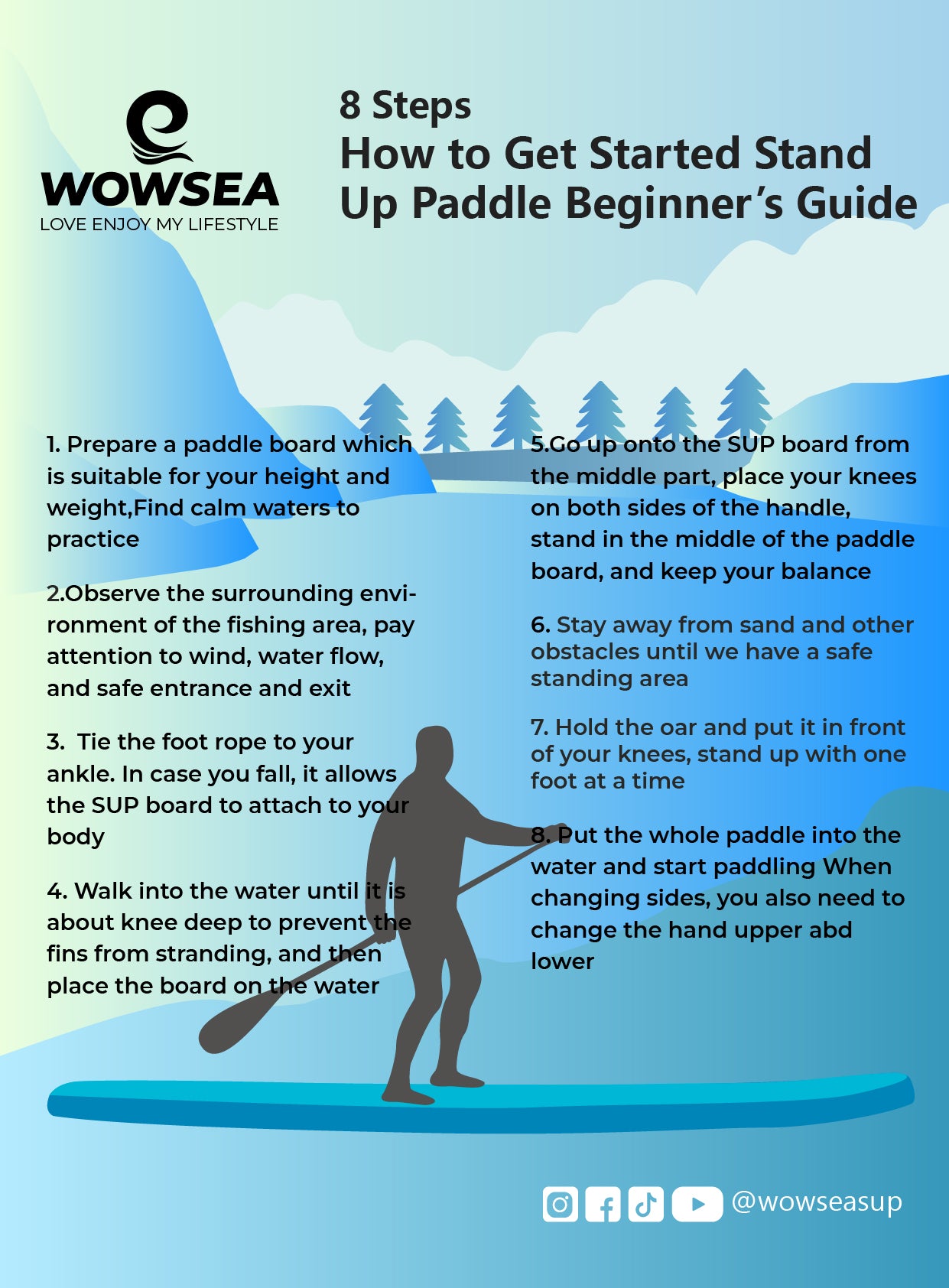Okay, so today, let’s talk about this whole N1 thing and getting it to run sports. First off, I saw some folks online saying the N1 box is pretty sweet for a home server, so I thought, “Why not?” I grabbed one off of a second-hand site—pretty cheap, too. It came with some basic Android system, but that’s not what we’re here for.

First thing I did was to get all my tools ready. You know, the usual stuff: a USB drive, a computer to flash stuff onto the drive, an HDMI cable to hook it up to a monitor, and a keyboard and mouse for control. I downloaded the Armbian image that people suggested for the N1 and used a program called balenaEtcher to flash it onto the USB drive. Easy peasy.
Get Armbian Running
- I plugged the USB drive into one of the N1’s USB ports.
- Then, I hooked up the N1 to my monitor and plugged in the keyboard and mouse.
- Powered it on, and started tapping the F12 key like crazy to get into the boot menu.
- From there, I chose to boot from the USB drive.
It took a bit, but finally, Armbian booted up. I went through the setup, created a user, set the password, all that jazz. Once I was at the desktop, I updated everything to the latest versions using apt update and apt upgrade. That took a while, but hey, gotta have the latest stuff, right?
Install Docker and Portainer
Now, onto the cool part. I wanted to run things in containers, so Docker was the way to go. I followed some guide to install Docker. After Docker was up and running, I also set up Portainer because who wants to type out all those Docker commands? Not me! Portainer gives you a nice web UI to manage everything. Installed it with a simple Docker run command.
Setting up the Apps
With my container management sorted, I started setting up the apps I wanted. First was a media server. I went with Jellyfin because it’s open-source and works pretty well. Deployed it in a container, pointed it to my media folders, and bam, I had my own little streaming service at home.
I also set up a file-sharing service using Samba. That was a bit trickier because you gotta configure the file just right, but after some trial and error, I got it working. Now I can access my files from any device in the house.
Network Tweaks and Other Stuff
Then came the network. I wanted to access my N1 from outside my home network, so I set up a dynamic DNS service and forwarded some ports on my router. Had a bit of a hiccup with my ISP blocking some ports, but I figured out a workaround.

For the sports part, I found some Docker images that stream live sports. Not exactly legit, but hey, it’s just for personal use. I set up a container for that, configured it a bit, and now I can watch my games without any issues.
Wrapping Up
Finally, I tweaked some settings to make sure everything starts automatically when the N1 boots up. Don’t want to manually start services every time, do we? So yeah, that’s pretty much it. Now I’ve got this neat little box that does a bunch of stuff: media server, file sharing, and even lets me catch my sports games. Took some time and a bit of tinkering, but totally worth it.
The box isn’t just a piece of junk. It is a good idea to get a second-hand one. Just try it, no harm.





















